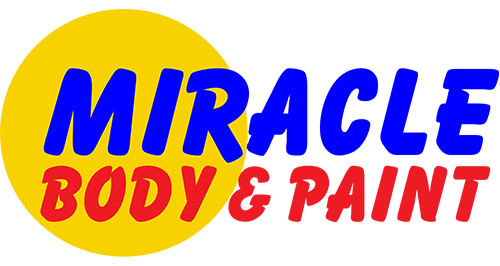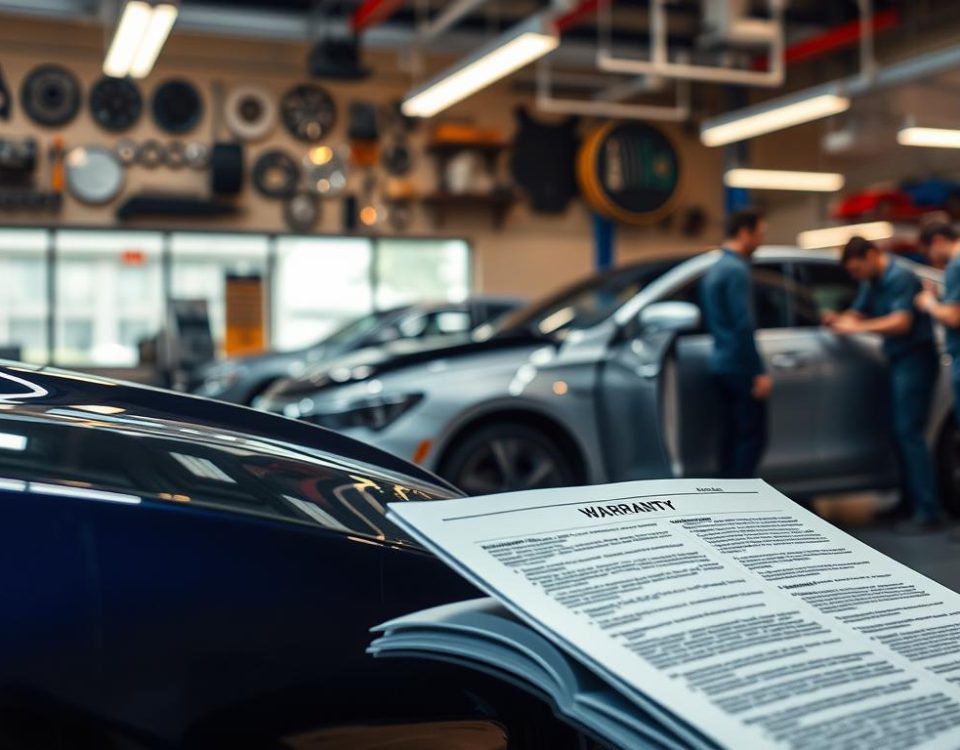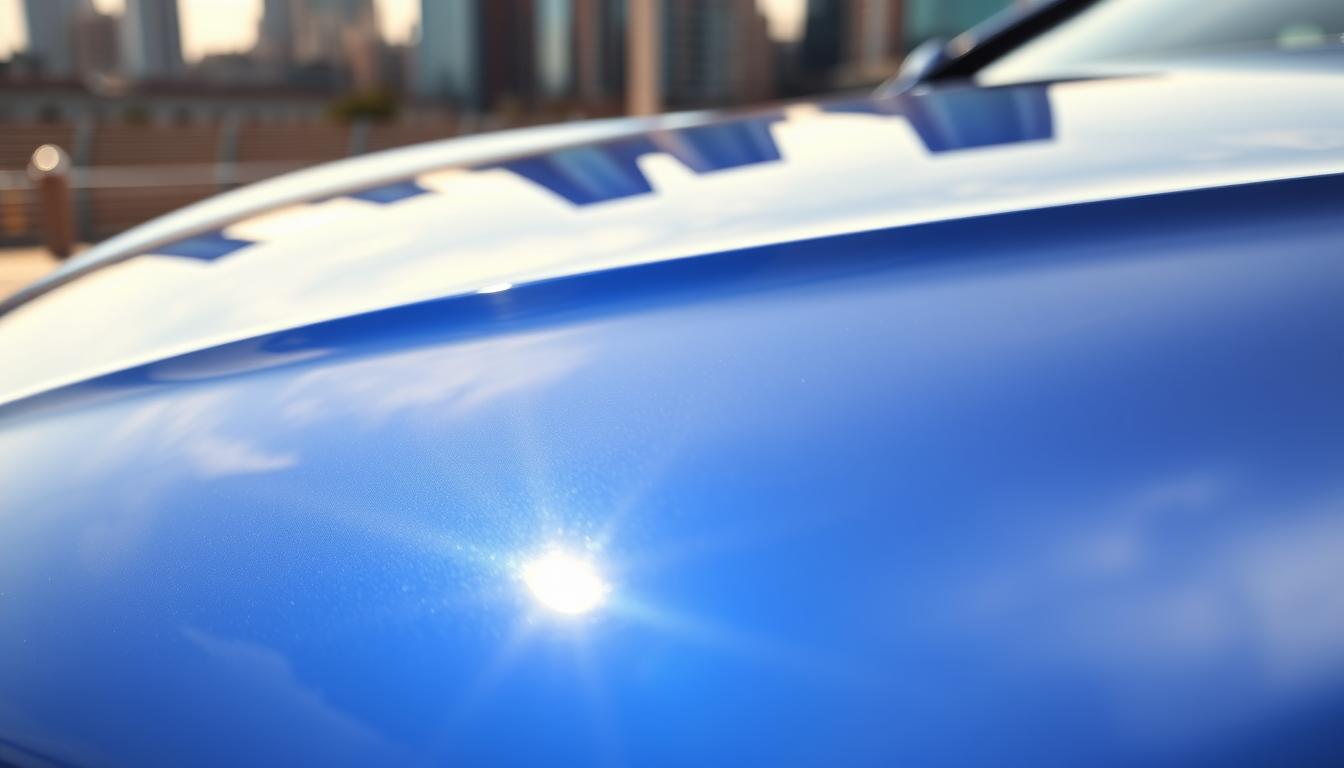
Why Paint Protection Film is a Smart Investment for Your Car
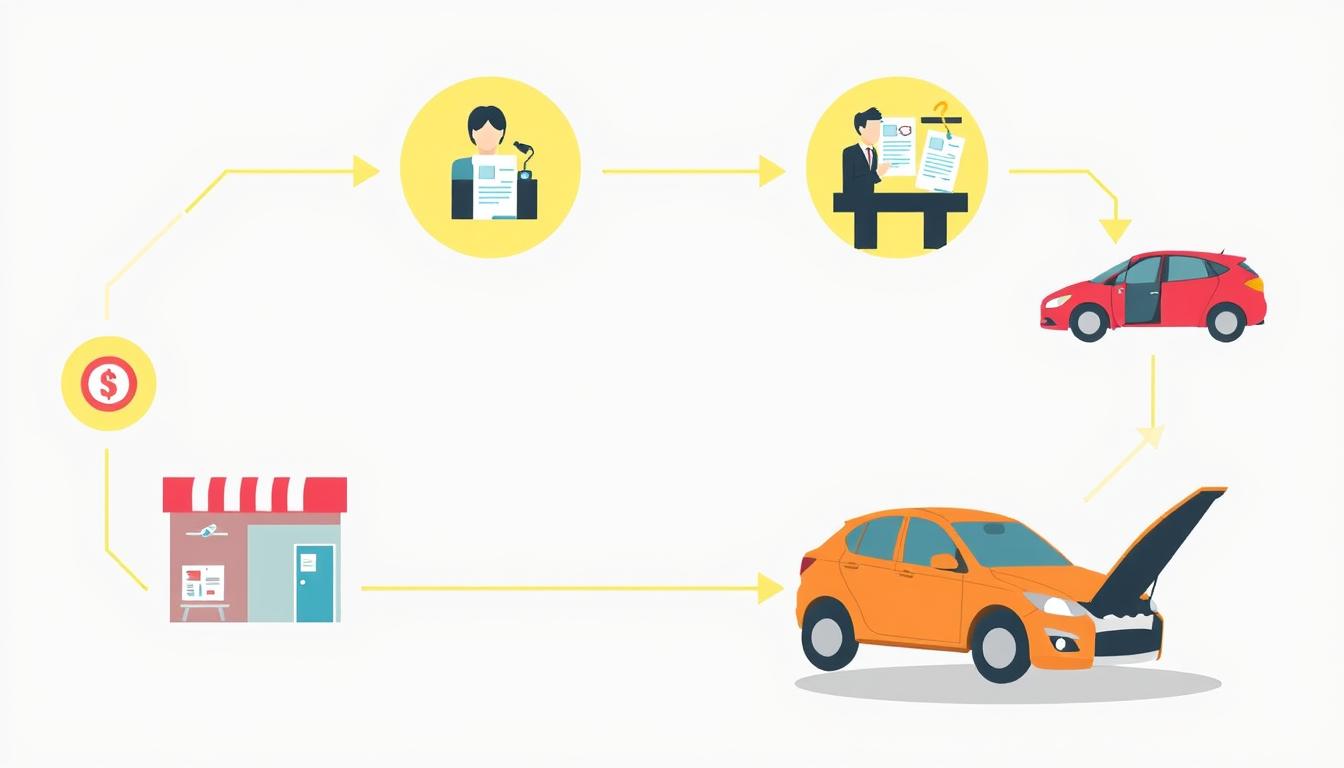
How to Get Insurance Approval Before Collision Repairs Begin
After an accident, we often wonder if we should fix or replace car parts. This choice affects how well our car works and how safe it is. Knowing what kinds of damage cars get in crashes helps us make better choices.
By learning about this, we can pick the best option for our car and safety. We will look at important things to think about when deciding to fix or replace car parts. This will help us deal with crash damage better.
Key Takeaways
- Understanding the nature of accident damage is critical.
- Assessing the severity of damage helps in decision-making.
- Repair or replace auto body parts can impact vehicle safety.
- Cost considerations are vital for both repair and replacement.
- Choosing the right approach ensures optimal vehicle performance.
Understanding Auto Body Damage Types
At Miracle Body and Paint, we see many types of auto body damage. This damage can come from accidents or other incidents. We need to look at each type carefully to know how to fix it.
We will talk about the common damage we see. This will help you understand what needs to be done. Knowing about these types helps us guide you in fixing your car.
Common Types of Damage We Encounter
Knowing about different auto body damage helps us fix it right. Some common damage includes:
- Dents: These happen from small accidents or bumps. They don’t hurt the car’s structure.
- Scratches: Scratches are usually not deep. But, they can make the car look bad and cause rust if not fixed.
- Frame damage: This is serious. It can make the car unsafe and not work right.
Assessing Cosmetic vs. Structural Damage
When we check cosmetic damage, we look at how it affects the car’s looks. Even small scratches can make the car look worse. This shows why fixing them quickly is important.
Structural damage is much more serious. It can make the car unsafe and not run well. Knowing the difference is key to fixing it right.
When to Replace vs. Repair Auto Parts
Deciding to fix or replace car parts is important. It keeps our cars safe and saves money. We’ll look at how old the car is, the damage, and the cost. This helps us make smart choices.
Factors to Consider for Repairs
Many things matter when deciding to fix or replace parts. We should think about:
- The car’s age and condition.
- The damage’s severity and type.
- If fixing is cheaper than buying new parts.
Thinking about these helps us choose the best for our car’s future.
Indicators That Replacement is Necessary
Some signs mean it’s time for new parts, not fixes. Spotting these is key for safety and money. Important signs include:
- Severe damage that weakens the car’s structure.
- Broken safety features that risk our lives.
- Parts that cost too much to fix compared to new ones.
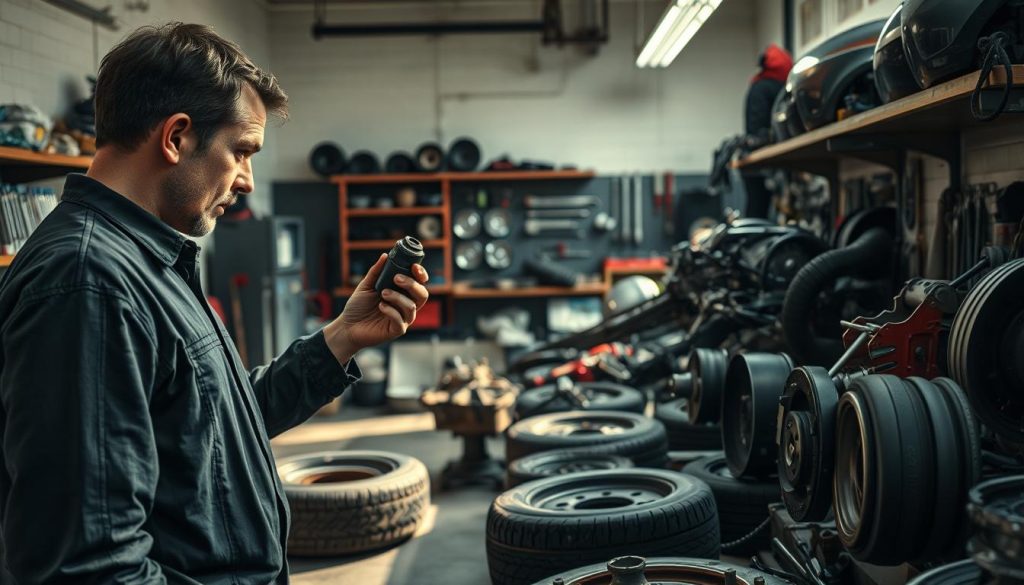
Cost Comparison: Repair vs. Replacement
Knowing the cost of fixing your car is key. We’ll look at repair costs and replacement expenses. This helps us choose wisely for our car’s repairs.
Understanding Repair Costs
Repair costs change based on the damage and needed repairs. Simple fixes might cost less, but big repairs can be more expensive. Costs include:
- Labor fees, charged by the hour
- Parts needed, which vary by car model
- Painting and finishing for looks
Knowing these helps us guess repair costs and make better choices.
Analyzing Replacement Expenses
Looking at replacement costs is important. We can pick between OEM and aftermarket parts. OEM parts are pricier but reliable, while aftermarket parts are cheaper but riskier. A comparison shows:
- OEM parts are reliable but cost more
- Aftermarket parts save money but may not last
This helps us balance upfront costs and future needs.
Long-term Financial Implications
Repair or replace choices affect our money over time. Repairing might save money upfront. But replacing could cost more at first but last longer. We should think about:
- How repairs or replacements affect the car’s value
- Insurance costs after repairs or replacements
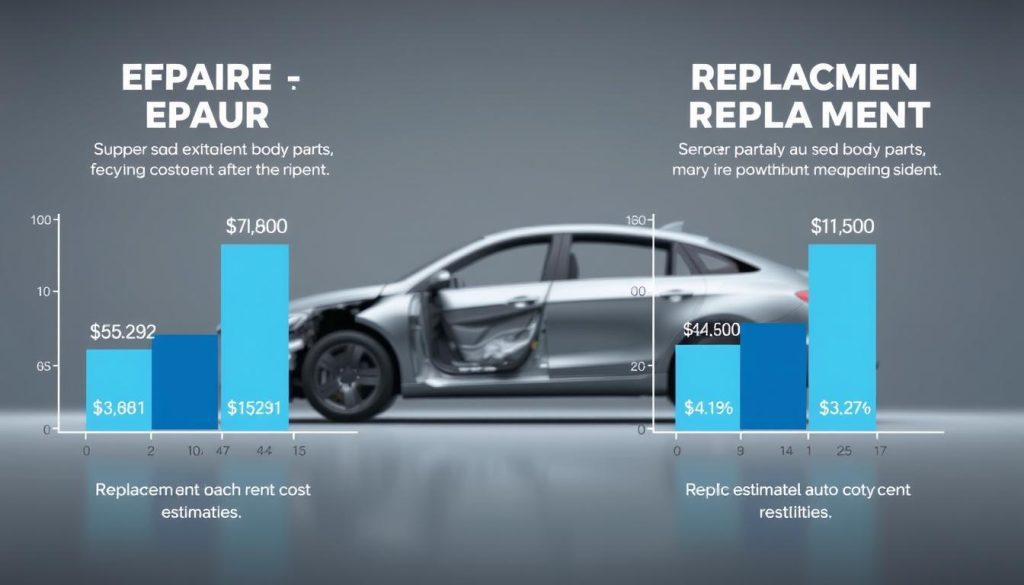
By looking at these points, we understand the long-term money impact. This ensures our choices fit our financial plans.
Choosing Between OEM and Aftermarket Parts
Deciding between OEM and aftermarket parts for our cars is tough. We need to think carefully to choose the best parts. We’ll look at OEM parts’ benefits and the good and bad of aftermarket parts.
Benefits of OEM Parts
OEM parts come from the car maker. They are made to high standards. Here’s why they’re good:
- Guaranteed fit: OEM parts fit our cars perfectly.
- Quality assurance: They are made to be safe and reliable.
- Extended warranty: Many come with a warranty for extra peace of mind.
Choosing OEM parts keeps our car in great shape.
Pros and Cons of Aftermarket Options
Aftermarket parts have their own ups and downs. Here’s what to know:
- Cost savings: They are cheaper than OEM parts, saving us money.
- Variety: There are many brands to choose from.
- Potential quality issues: Some may not be as good as OEM, causing problems.
Knowing these points helps us decide between OEM and aftermarket parts better.
Conclusion
We’ve talked a lot about fixing cars. Knowing the different kinds of damage is key. It helps us decide if we should fix or replace parts.
Looking at the cost of fixing versus replacing is also important. It affects our budget. We need to think about both the short and long-term costs.
Choosing between original equipment manufacturer (OEM) and aftermarket parts is another big decision. Each has its own pros and cons. We should pick what’s best for our car.
At Miracle Body and Paint, we’re here to help with car repairs. We have two locations in San Antonio. We want to make your car look and run great again.
Whether it’s a small scratch or big repairs, we focus on your car’s safety and needs. Contact us today to talk about fixing your car!

